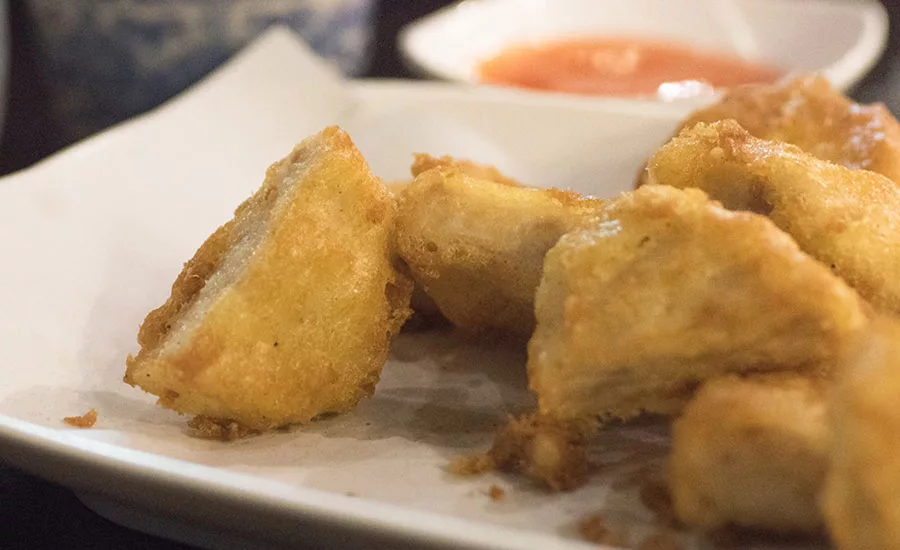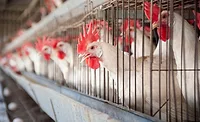Survey Investigates Consumer Behavior on Salmonella Outbreak Linked to Raw Chicken Products

A survey was taken of UK residents that has revealed more about people's attitudes while handling frozen, partially cooked chicken at home.
The Food Standards Agency (FSA) is researching a spike in Salmonella infections in the UK brought on by consumers eating frozen raw, breaded chicken products such as nuggets, goujons, dippers, poppers, and kievs.
From January 2020 to May 2021, there were 511 salmonellosis cases caused by two strains of Salmonella Enteritidis traced to two suppliers in Poland. For patients where information was available, a third needed hospital treatment. The majority of people affected are 16 years old or younger.
The survey was completed by 3,740 respondents aged 16 to 75 living in the UK who had cooked or eaten coated frozen chicken recently. The survey asked them about handling, storing, and cooking these items. The products are eaten more frequently by young adults, teenagers, and children.
Over half of consumers say they "always" wash their hands when handling coated frozen chicken products, while one in five "often" do this. One in six consumers reported only "sometimes" washing their hands, while 4 percent never do.
Almost two-thirds of those who cooked the products said uncooked frozen chicken at least sometimes comes into contact with other surfaces such as worktops or plates.
Among consumers who defrost products, half say they leave them at room temperature, and 44 percent put them in the refrigerator, while others use a microwave or defrost products in water. Sixty percent of consumers who personally cook products say they cook them within 30 minutes of removal from the freezer.
Looking for quick answers on food safety topics?
Try Ask FSM, our new smart AI search tool.
Ask FSM →
Over half of consumers who do the cooking say they always check instructions before cooking.
The FSA advised consumers to treat the products as raw chicken, ensuring surfaces they have touched are cleaned to avoid the spread of bacteria. FSA also recommended checking instructions on the packaging and cooking at the correct temperature for the time stated; to wash hands, utensils, and clean surfaces after handling the products; and if the products need defrosting, follow the storage instructions on the box and always defrost in the refrigerator.
Source: Food Safety News







